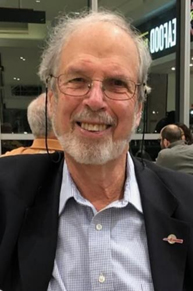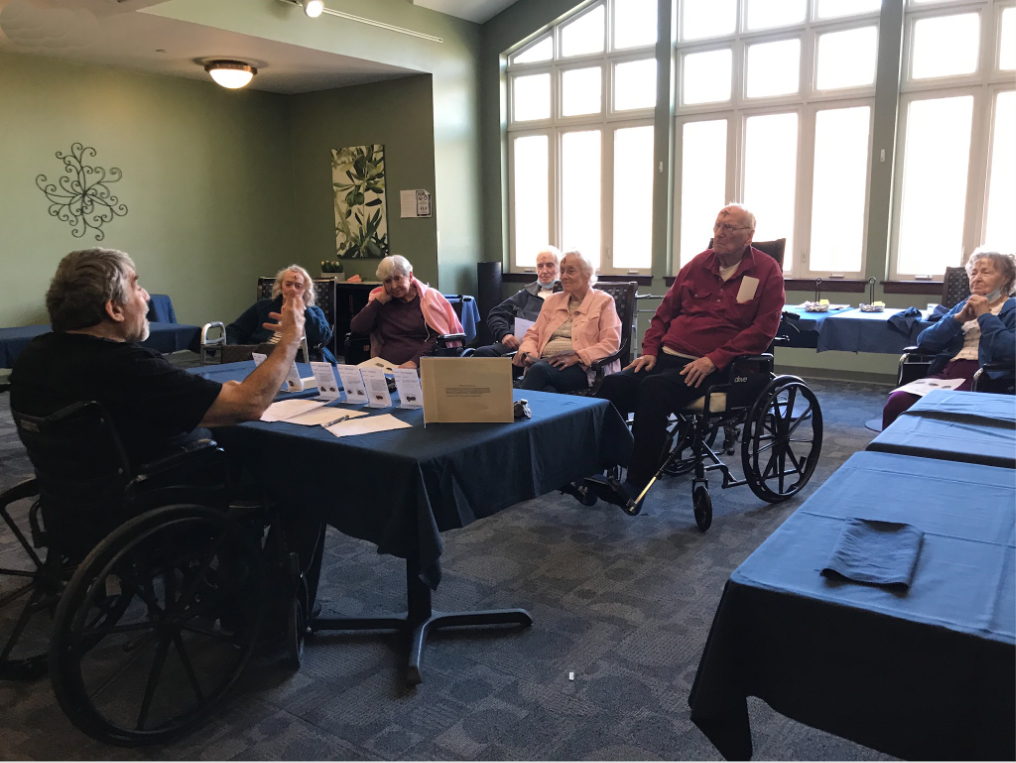Asteroid 3658 Feldman
Al Washburn has recently been informed that his sister’s, sister-in-law’s husband, who recently passed away, has had an asteroid named after him. The recipient is Dr. Paul D. Feldman.

From Dr. Feldman’s obituary:
Astronomer Paul Feldman, a worldwide leading authority on comets who pioneered the field of ultraviolet spectroscopy of comets, was born in Brooklyn, NY in 1939 and died peacefully at home on Jan. 26, 2022. He was 82.
Dr. Feldman was professor of Physics and astronomy at John Hopkins University in Baltimore, Maryland. Asteroid 3658, a Main Belt Asteroid, discovered on October 13, 1982, has now become Asteroid ( 3658 ) Feldman. Dr. Feldman received this honor for his numerous contributions in “high energy ultraviolet spectroscopy” particularly of the Earth’s atmosphere, Venus, the outer planets and comets. His design and supervision of a number of spacecraft instruments have led to many advances in our understanding of the physical processes in the solar system.
From the Johns Hopkins website:
In 1976, during a sounding rocket experiment to observe Comet West, Feldman made the first detection of the carbon monoxide molecule in a comet, recording what is still one of the finest examples of a cometary ultraviolet spectrum ever obtained. Since then, Feldman remained at the forefront of attempts to study cometary CO, using sounding rockets, the International Ultraviolet Explorer satellite observatory, the Hubble Space Telescope, FUSE, and the Rosetta spacecraft.
More of his accomplishments and credits can be found on the John Hopkins Hub:
https://physics-astronomy.jhu.edu/2022/01/31/remembering-paul-feldman/
Meteorites at The Guilford House!
By Al Washburn
While recovering from hip surgery and unexpected colonoscopy surgery and recovering at “The Guilford House”, in Guilford, CT, I asked permission to present the club’s meteorites to an audience of fellow residents. This request was granted and on March 3, 2022, before an audience of 10 attentive and curious seniors, Jeni and I presented the ASNH meteorite collection, in full. Each person was given a handout, with photo, of each of the 3 main types. As we went through the main characteristics of each group a sample was carried around, by Jeni, for each attendee to hold and see up close. The session went over an hour and was followed by some very good questions. I was literally wheeled out of the session while talking about my mother and how she outlived Pluto! I was scheduled for an MRI back in my room that could not wait. At this point, Jeni fielded numerous final inquiries from the residents about our solar system.

My Childhood Astronomy
By Michael Amato
When I was just 10 years old, Mars was just 35 million miles away, and I went outside every night to look at it with my hapless 20X handheld telescope. I couldn’t see any detail, but I still enjoyed looking at Mars. I was also able to see Jupiter’s four moons through my scope for the first time ever, and I was even able to show my younger brother the moons of Jupiter. In 1957, I was 11 years old while my brother and next-door neighbors were both 10 years old. We read that bright Comet Arend-Roland would be appearing in our evening sky, so we went out to catch the comet. At first, we saw a bright fireball which in itself was something to see, but then as it grew darker we were able to see this very bright comet. Again, we had to use our little scopes to view its head, but what really amazed us was a very bright anti-tail which was pointed toward the sunset. It was so bright we did not even notice the huge tail pointing away from the comet. 1956 and 1957 put me on the road to astronomy.
